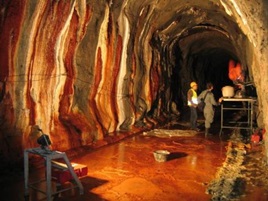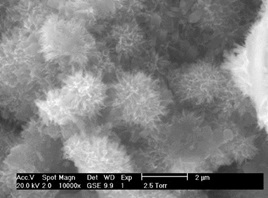Research Topics

Degradation mechanisms of concrete
As cementitious systems are exposed to the environment, ingress of liquids, ions and gases and leaching of ions have a significant impact on their chemical and physical stability and hence on their durability. The goal of this research topic is to improve the understanding of the degradation mechanisms in concrete, especially concrete made with alternative cementitious materials, to enable a more efficient optimization of its durability.
This topic belongs to Empa's Research Focus Areas:
Sustainable Built Environment (Module: Materials) and Natural Resources and Pollutants (Module: Sources, Assessement and Reduction of Air Pollutants).

Early-age concrete and microstructure development
With the ultimate goal of improving durability and extending the service-life of concrete structures, we focus on understanding and reducing the risk of cracking due to volume changes, especially at early ages. On the other hand, the microstructure and the pore structure of cementitious materials are also key for understanding transport mechanisms and durability in extreme conditions and for developing high-strength concrete for lightweight construction.
This topic belongs to Empa's Research Focus Area Sustainable Built Environment (Module: Materials).
Alternative cements - hydration mechanisms and modelling
Portland cement production counts for about 5-8% of world-wide man-made CO2 emissions, thus industry continues to work on new cements with improved CO2 balance. The composition of these new cements deviates considerably from the traditional ordinary portland cement (OPC) chemistry. A fundamental understanding of the hydration, the resulting mechanical properties and the effects on durability is the most efficient way to develop and optimize such new materials.
This topic belongs to Empa's Research Focus Areas Natural Resources and Pollutants (Module: Sustainable Production and Resource Scarcity) and Sustainable Built Environment (Module: Materials).

